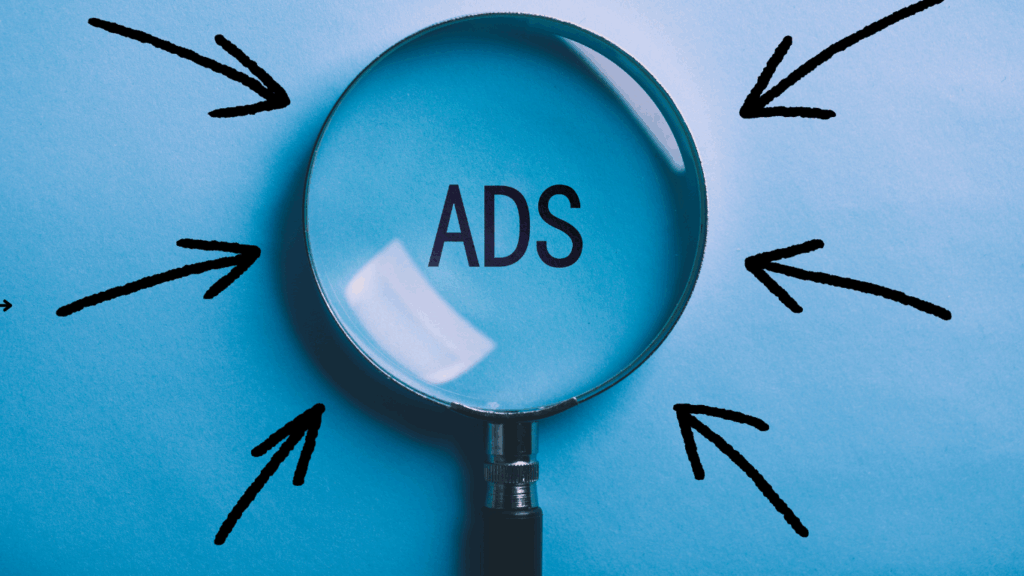Supply-Side Platforms (SSPs): The Publisher’s Side of Programmatic Advertising
While advertisers use Demand-Side Platforms (DSPs) to buy digital ad space, publishers rely on Supply-Side Platforms (SSPs) to sell it. Together, these two technologies form the foundation of the programmatic advertising ecosystem — one buying, the other selling, both operating in real time.
In this article, we’ll break down what SSPs are, how they work, and why they’re essential for maximizing ad revenue and efficiency.
What Is a Supply-Side Platform (SSP)?

A Supply-Side Platform (SSP) is a software system that allows publishers — such as websites, apps, or streaming services — to automate the selling of their advertising space to potential advertisers.
Instead of manually negotiating deals, the SSP connects a publisher’s inventory to multiple ad exchanges, ad networks, and DSPs simultaneously. It helps the publisher get the highest possible price for each impression while maintaining control over which ads appear on their site.
In short, while a DSP helps advertisers buy smarter, an SSP helps publishers sell smarter.
How an SSP Works
Here’s what happens behind the scenes every time a user visits a website with programmatic ads:
- The publisher’s SSP detects an available ad slot.
- The SSP sends a bid request to connected ad exchanges and DSPs, including details like:
- Page content
- User demographics (if available)
- Ad format and size
- Device and location data
- DSPs evaluate the bid request and decide how much to bid for that impression.
- The highest bidder wins, and the SSP serves the winning ad on the publisher’s site — all within milliseconds.
This automated process ensures maximum efficiency and revenue optimization for publishers.
Key Features of an SSP
A modern SSP provides publishers with a range of advanced tools and capabilities:
- Yield Optimization: Automatically maximizes revenue by comparing bids across multiple sources.
- Header Bidding Support: Allows multiple demand partners to bid on the same inventory simultaneously for fair competition.
- Floor Price Management: Enables publishers to set minimum bid prices to protect inventory value.
- Ad Quality Controls: Filters out low-quality or unsafe ads to protect brand integrity.
- Reporting & Analytics: Offers detailed insights into revenue performance, demand partners, and audience engagement.
Popular Supply-Side Platforms
Some of the most well-known SSPs in the programmatic ecosystem include:
- Google Ad Manager (AdX)
- Magnite (formerly Rubicon Project)
- PubMatic
- Index Exchange
- OpenX
- Xandr (Microsoft Monetize)
Each of these platforms serves as a crucial link between publisher inventory and advertiser demand.
SSPs and Header Bidding
One of the biggest innovations in the SSP space is header bidding — a technique that lets multiple SSPs and demand partners bid on the same inventory before calling the ad server.
This has dramatically improved publisher revenue by creating more competition for impressions, ensuring the best possible price and reducing dependency on a single ad exchange (like Google AdX).
Benefits of Using an SSP
- Revenue Maximization: Competes multiple demand sources for each impression.
- Automation: Reduces the need for manual deal management.
- Transparency: Publishers can see where their revenue comes from and who’s buying their inventory.
- Control: Publishers can set ad rules, filters, and pricing strategies.
- Scalability: Works across display, video, mobile, and even Connected TV (CTV).
Challenges and Considerations
While SSPs provide massive advantages, publishers still need to:
- Ensure ad quality and avoid harmful or inappropriate ads.
- Manage latency — too many bidders can slow down page load times.
- Balance fill rate (how many ads are sold) versus revenue per impression.
Working with the right SSP and configuring it properly is key to maximizing both user experience and monetization.

Conclusion
A Supply-Side Platform (SSP) is the engine that powers the publisher’s side of programmatic advertising. It helps automate inventory sales, increase competition, and ultimately drive more revenue — all while maintaining control and transparency.
As the programmatic landscape continues to evolve, SSPs will play an even bigger role in connecting high-quality publishers with the right advertisers in a privacy-safe, data-driven way.
Next up: discover how data powers both sides of the ecosystem in our article on What Are Data Management Platforms (DMPs)?
“This article was written by Digital Rebel, specialists in online advertising and programmatic media buying.”
